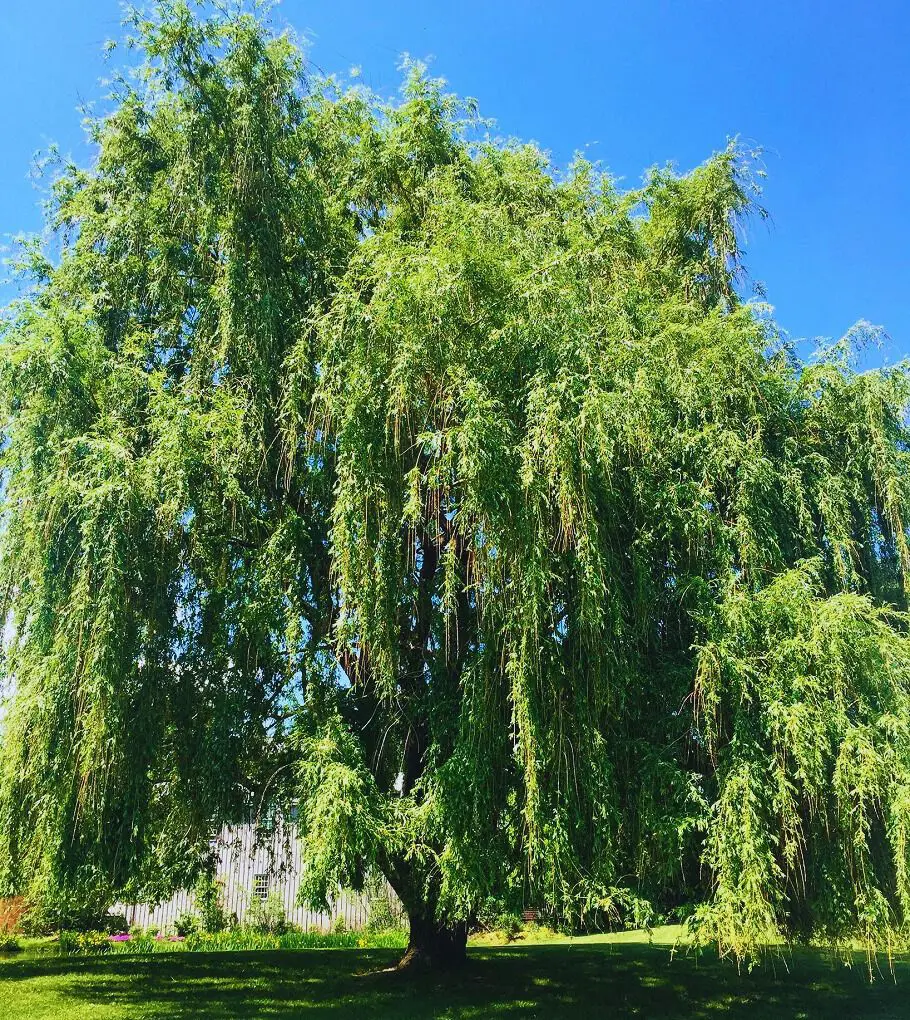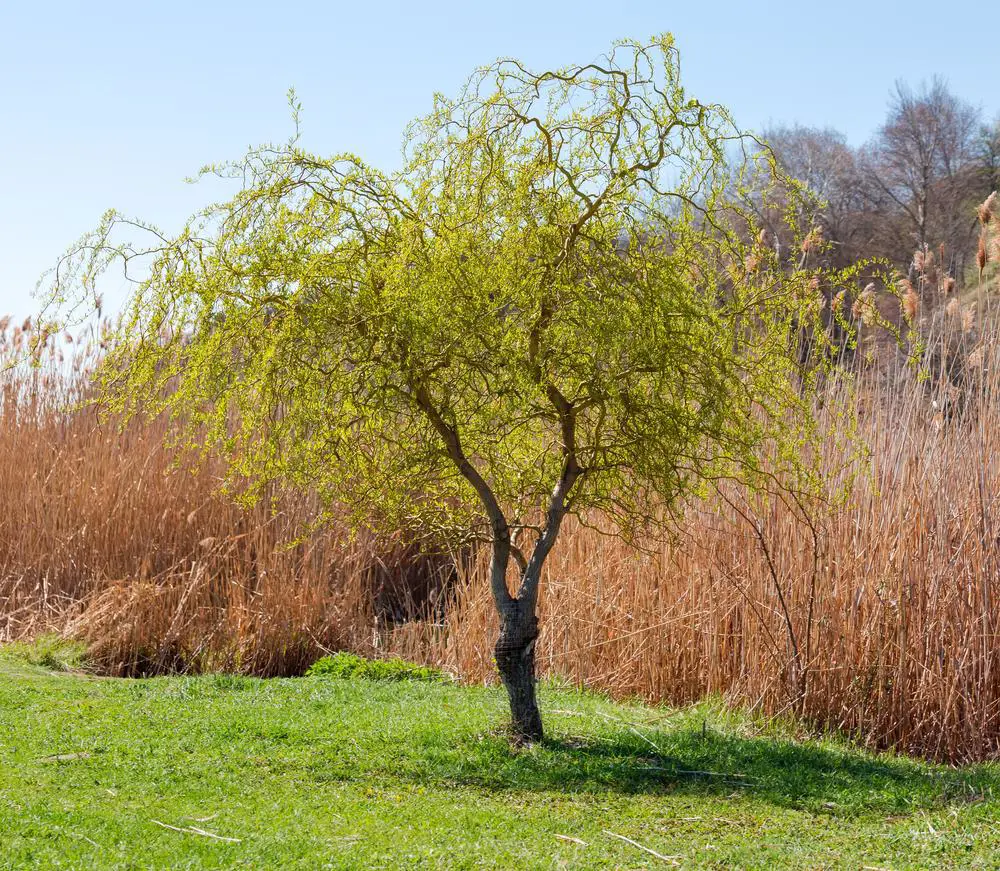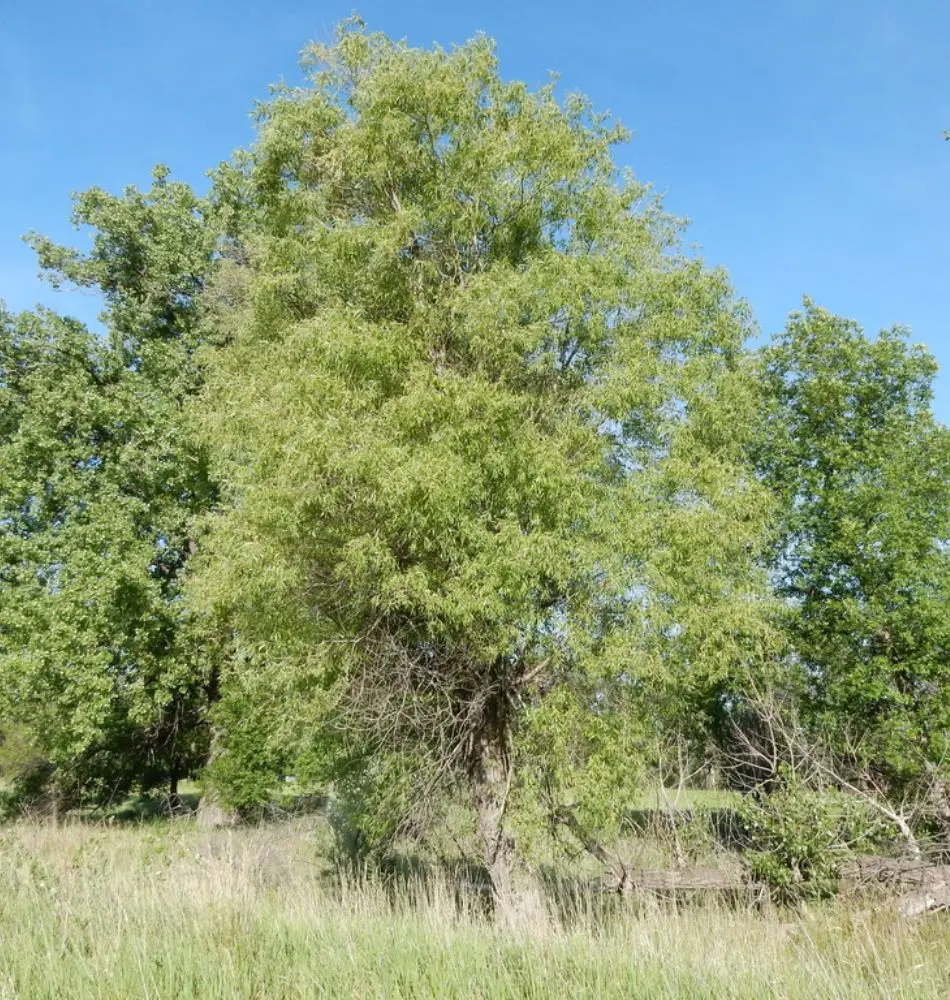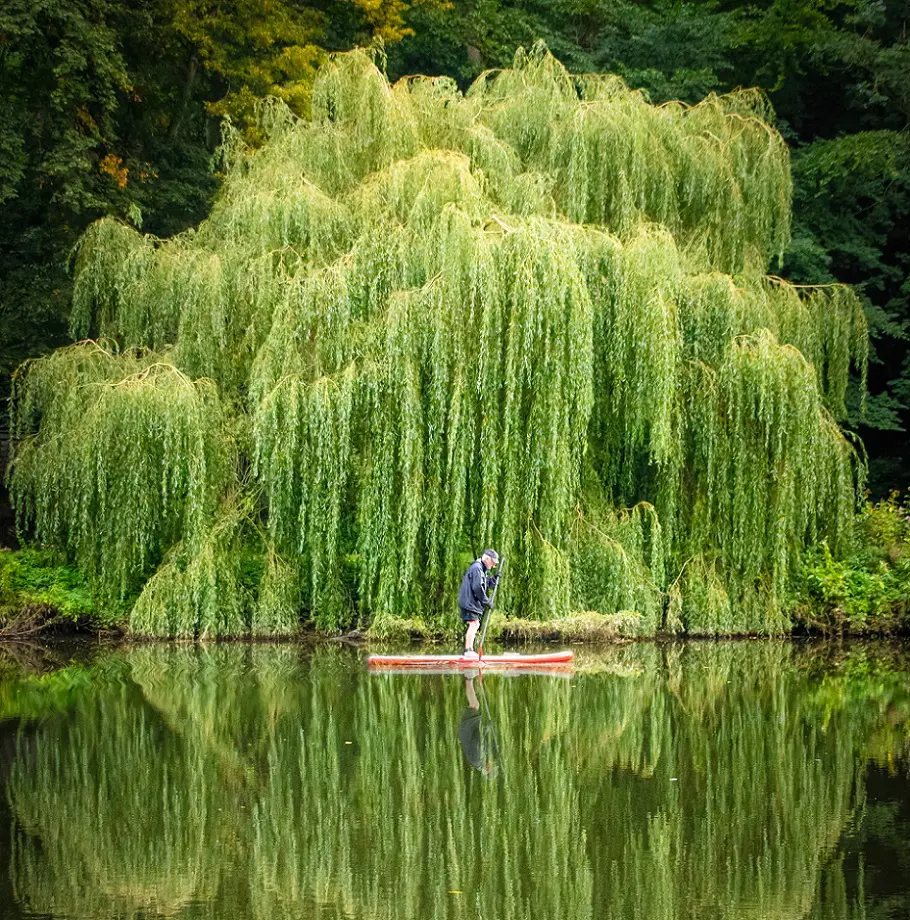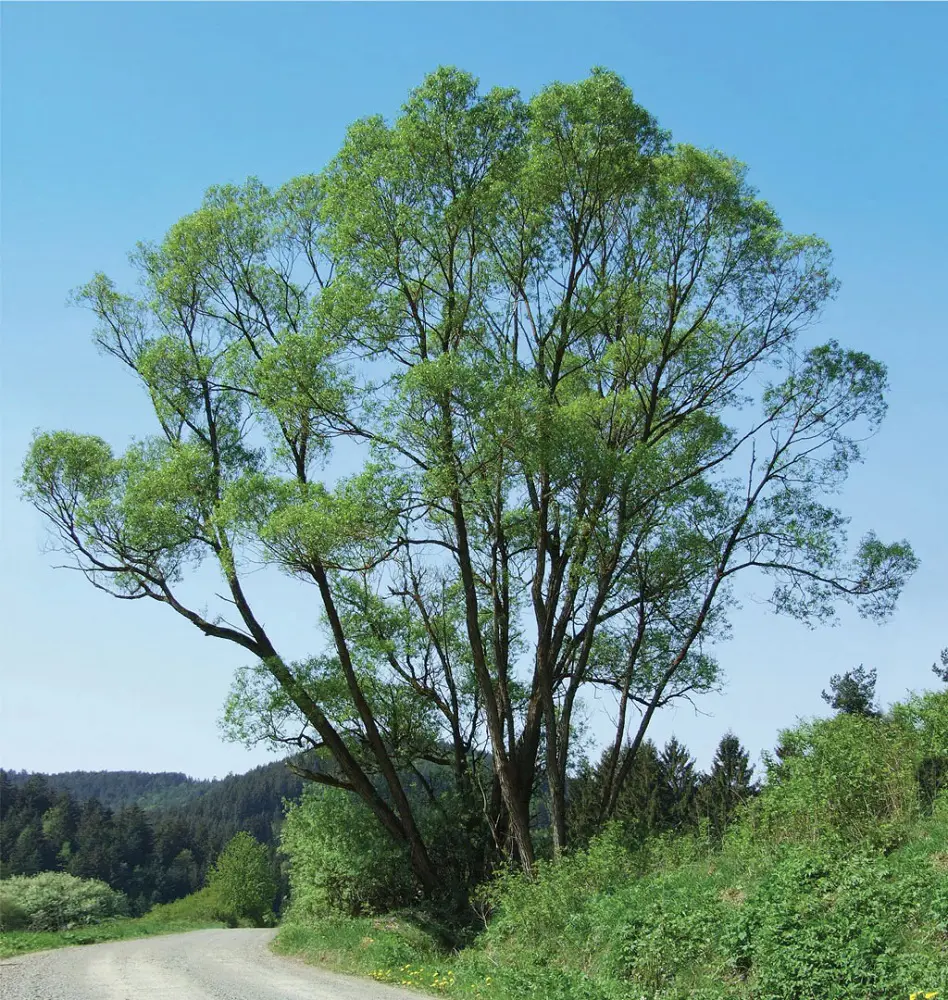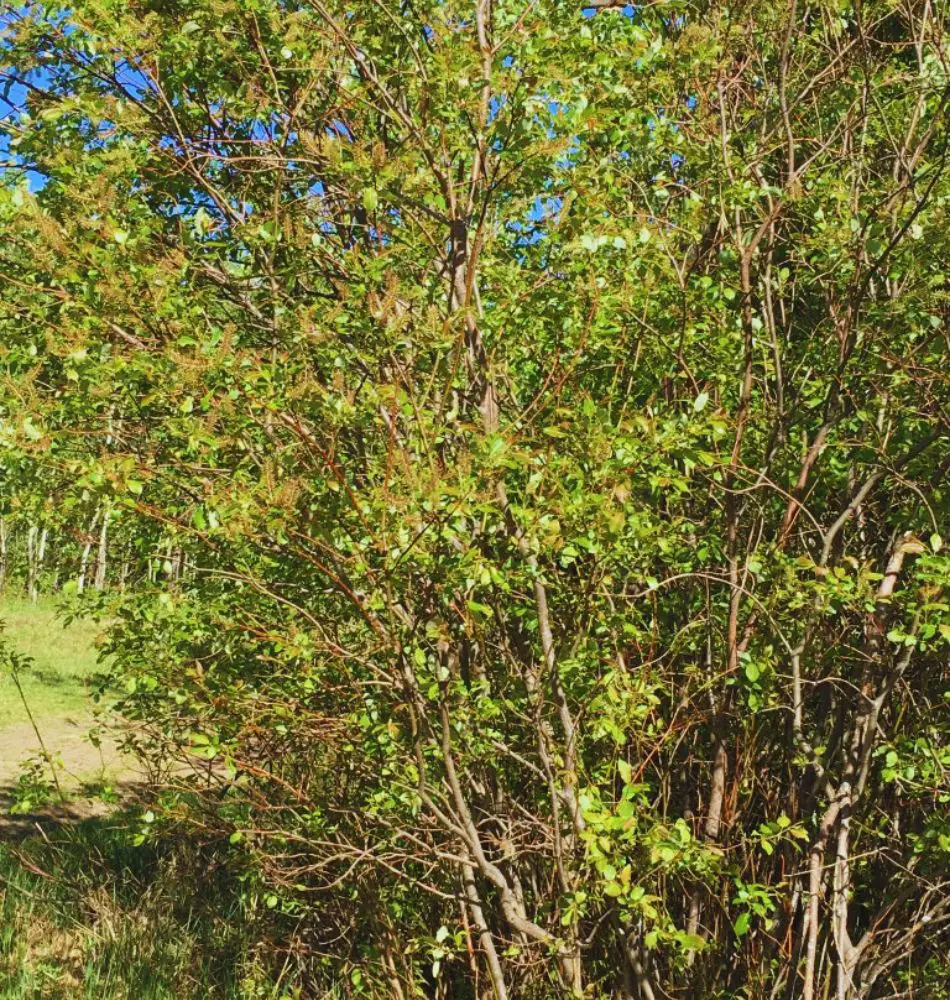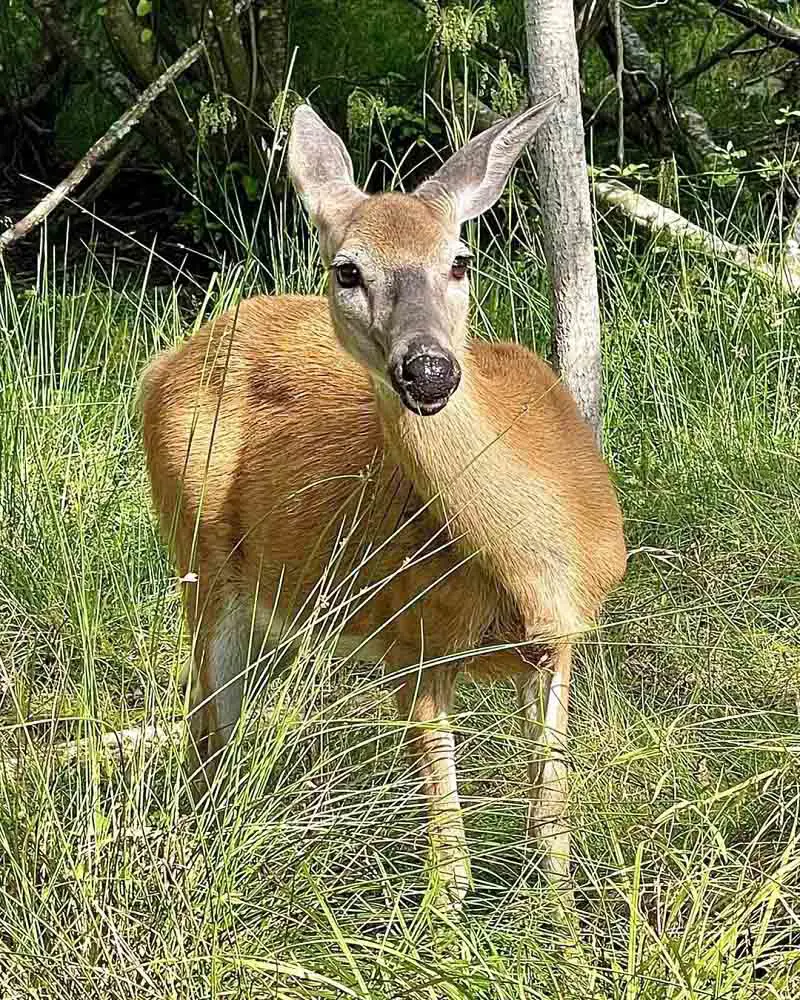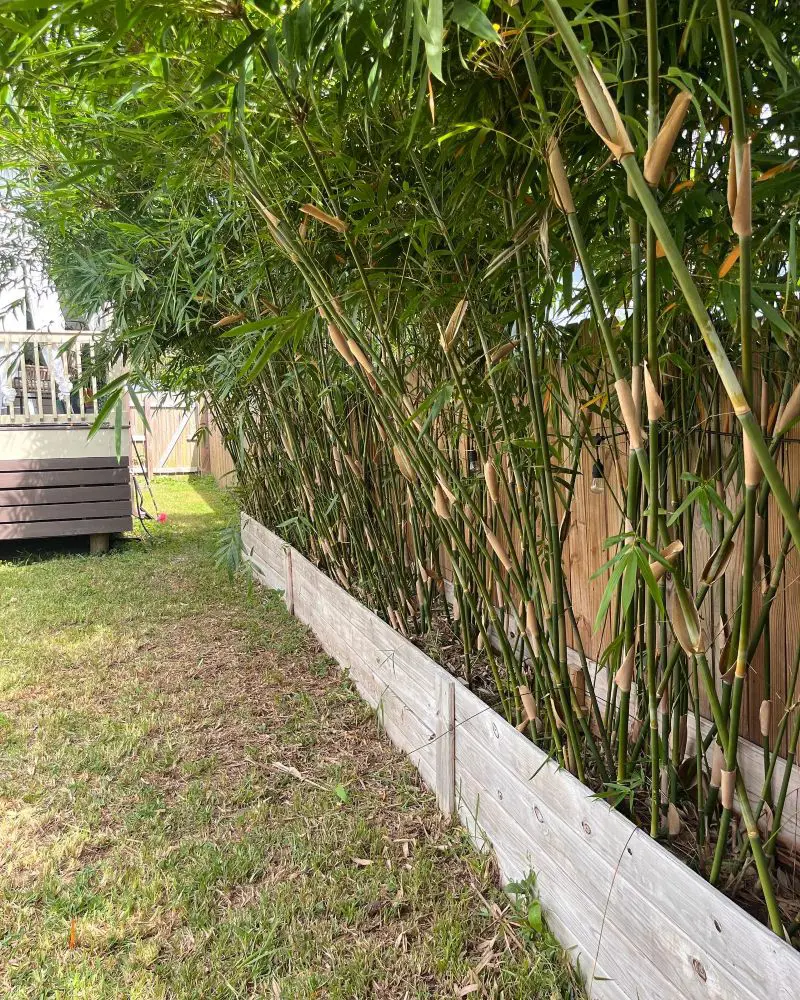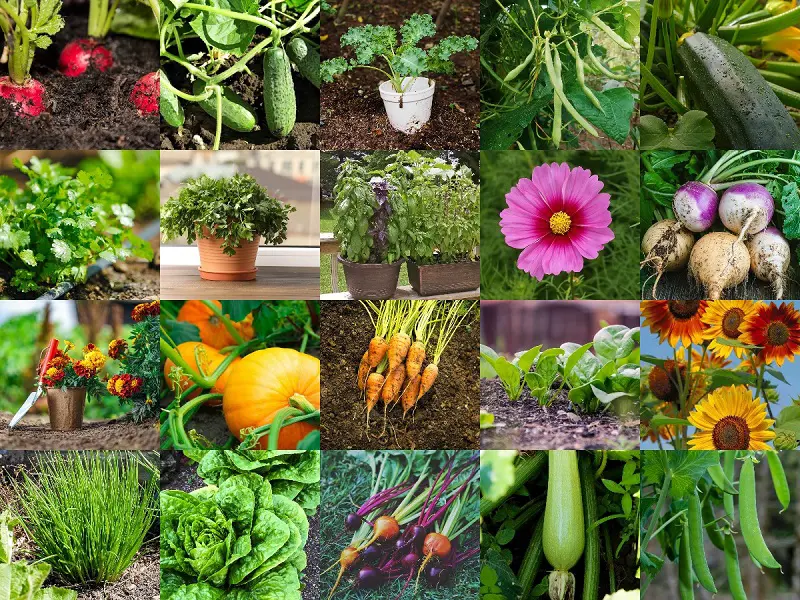1. Narrowleaf Willow
Native to North America, Narrowleaf Willow, is a hardy and adaptable species of willow. This deciduous shrub or small tree, with its dense, multi-stemmed growth and slender, lance-shaped leaves, is a stunning addition to any landscape.
The narrow-leaf willow, which may reach a height of 20 feet, is usually found near rivers, streams, and wetlands. It grows best in moist, sandy soils. It is essential for maintaining the stability of riverbanks and giving animals habitat.
This willow's silver-gray foliage and quick growth rate make it perfect for privacy screens, natural landscaping, and erosion prevention. Because of its versatility, it can be used both as a decorative and for ecological restoration.
